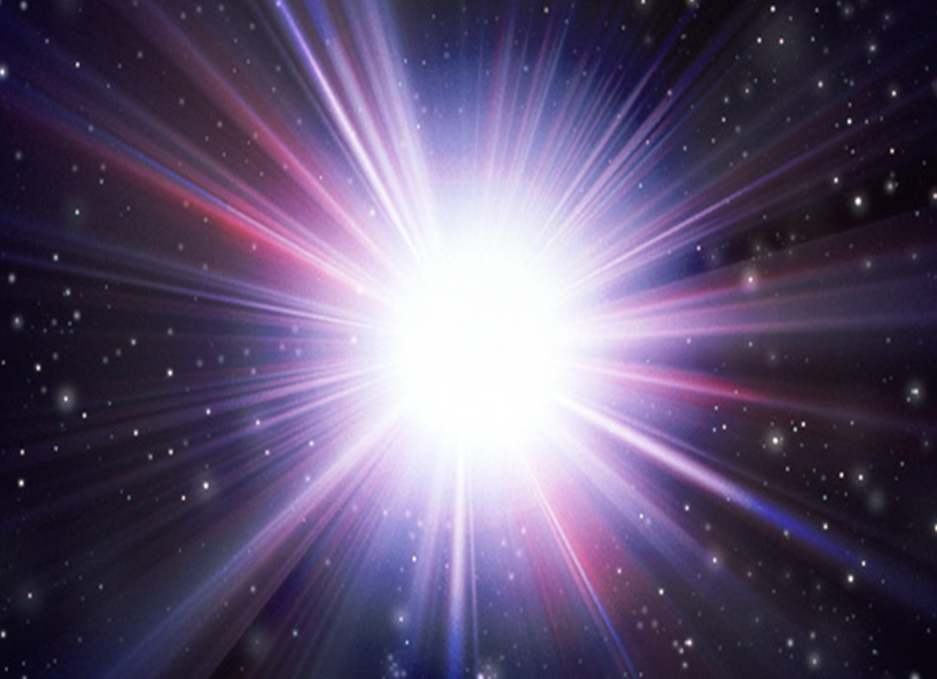
Credit: http://www.bosssupernova.com
NASA’s Advanced Composition Explorer (ACE) spacecraft detected a by-product of supernova explosions in Earth bound cosmic rays. This indicates that nearby supernovae have blasted Earth with radioactive material and therefore may have affected the course of our evolution.
The detection was made by the Cosmic Ray Isotope Spectrometer, an instrument onboard ACE. The spacecraft was launched in 1997 with a five-year planned mission to study space weather and charged particles more than one million kilometers from Earth. The fact that the instrument and the spacecraft are still working well, made possible the detection of 15 individual nuclei of a radioactive isotope called iron-60. Iron-60 is produced during supernova explosions and its relative short half-life (2.6 million years) implies that the detected nuclei must have been produced in the last few million years. Based on the analysis of the data, scientists concluded that the iron-60 cosmic rays were produced by at least two separate supernova events within 2,000 light-years from Earth. The Supernovae explosions were probably generated by what is called OB association, a group of massive stars that have short lives that end with giant explosions.
As Prof. Martin Israel, a co-author of the study, said: “The atoms that make up you and me, except for the hydrogen that came from the Big Bang, came from stellar processes, so the cosmic rays give us another window into those stellar processes”.
Publication: Binns et al. 2016
Source: Astronony.com, Space.com
